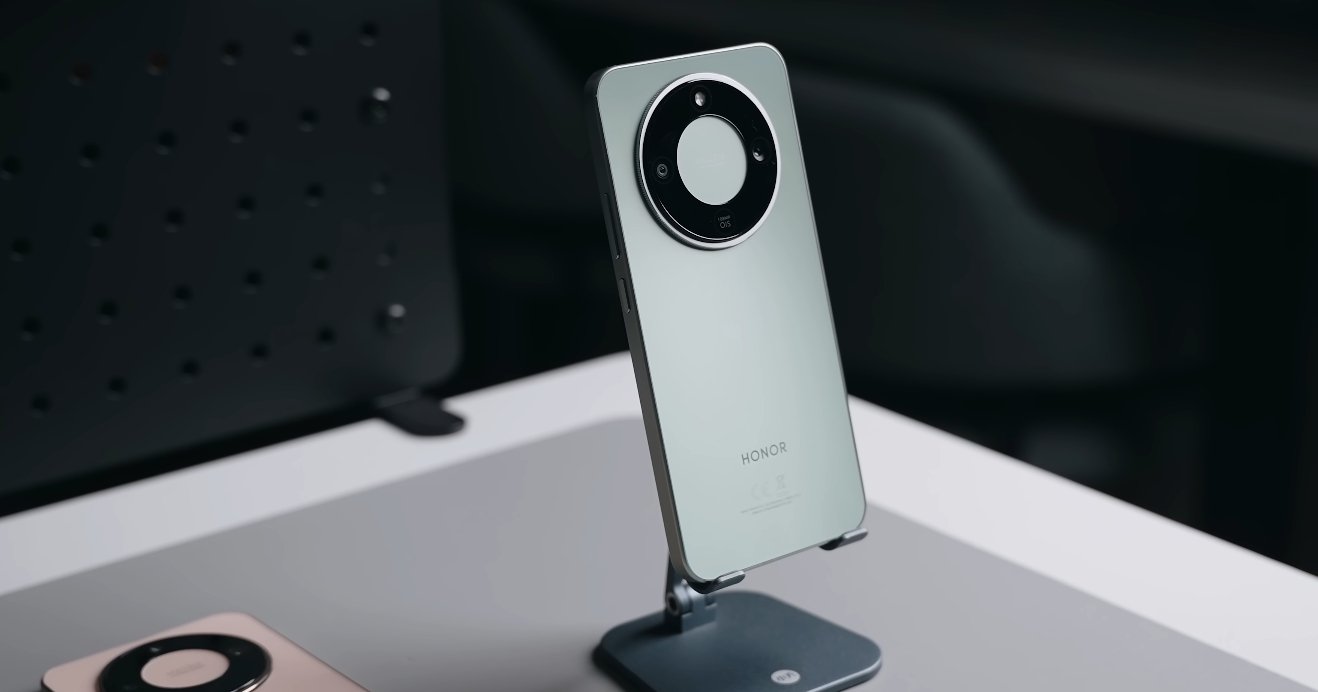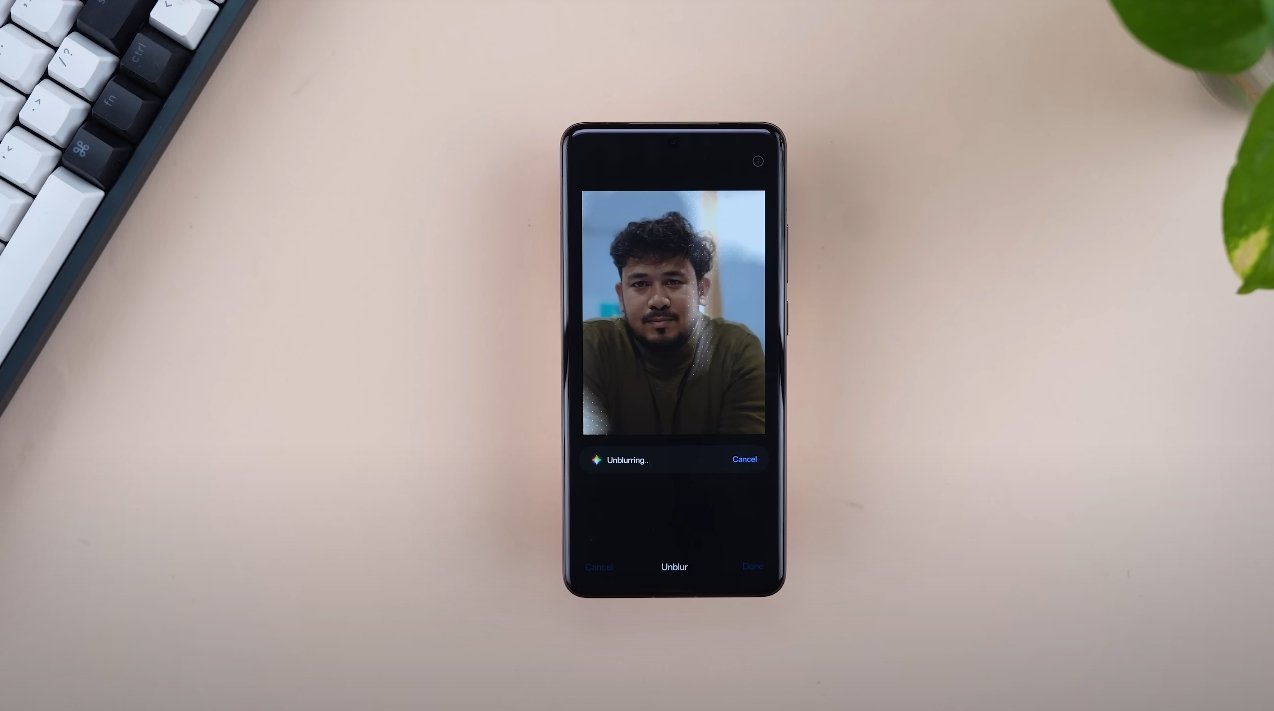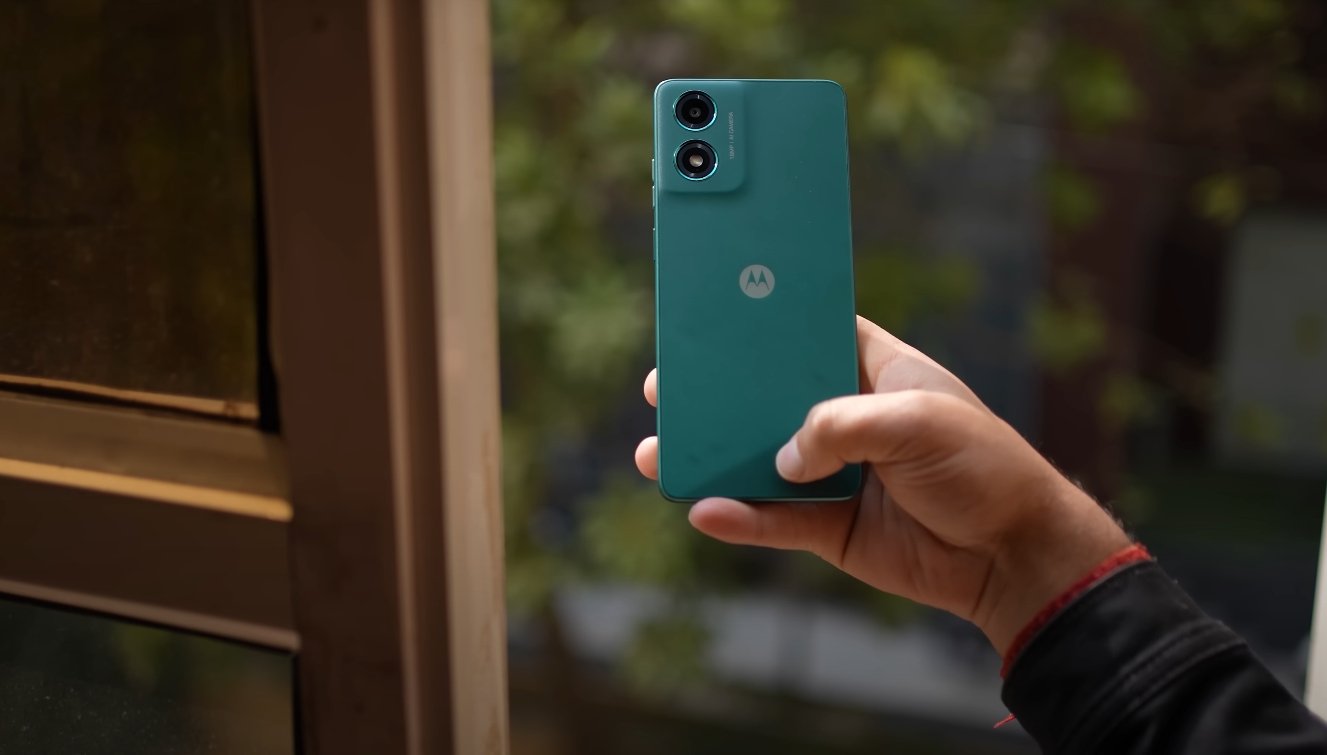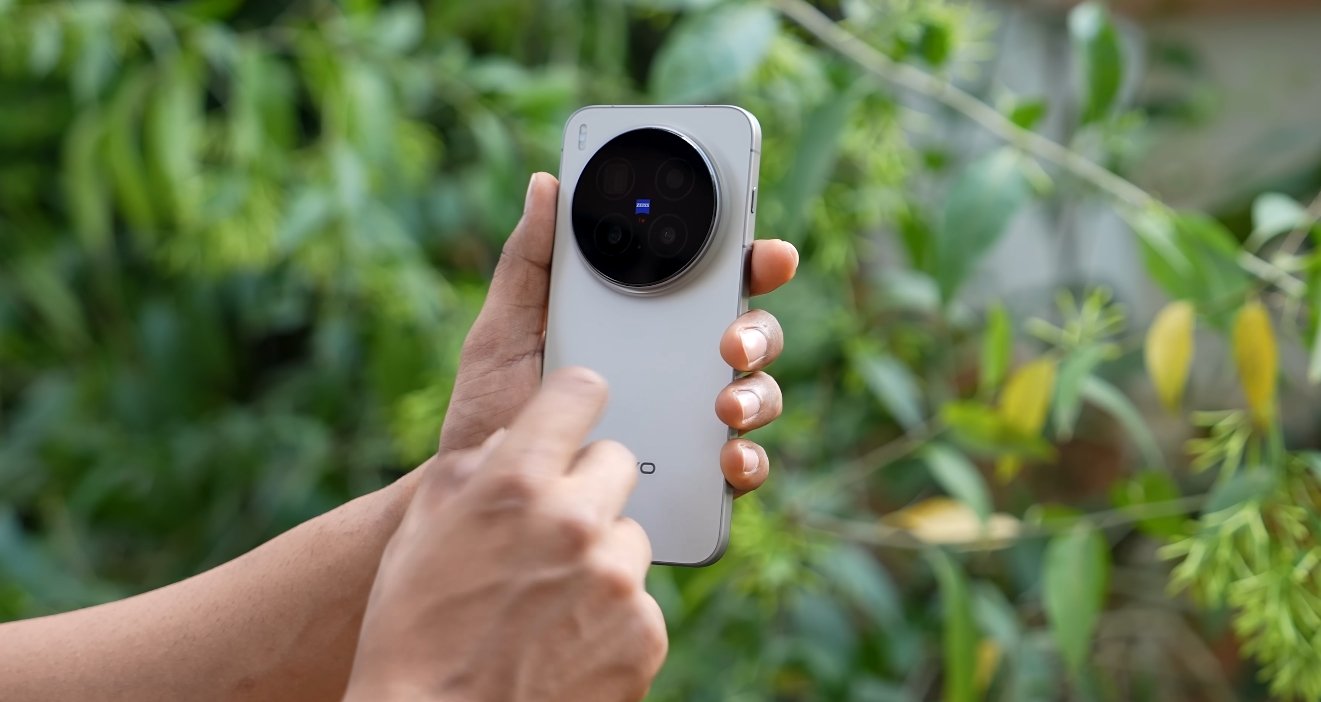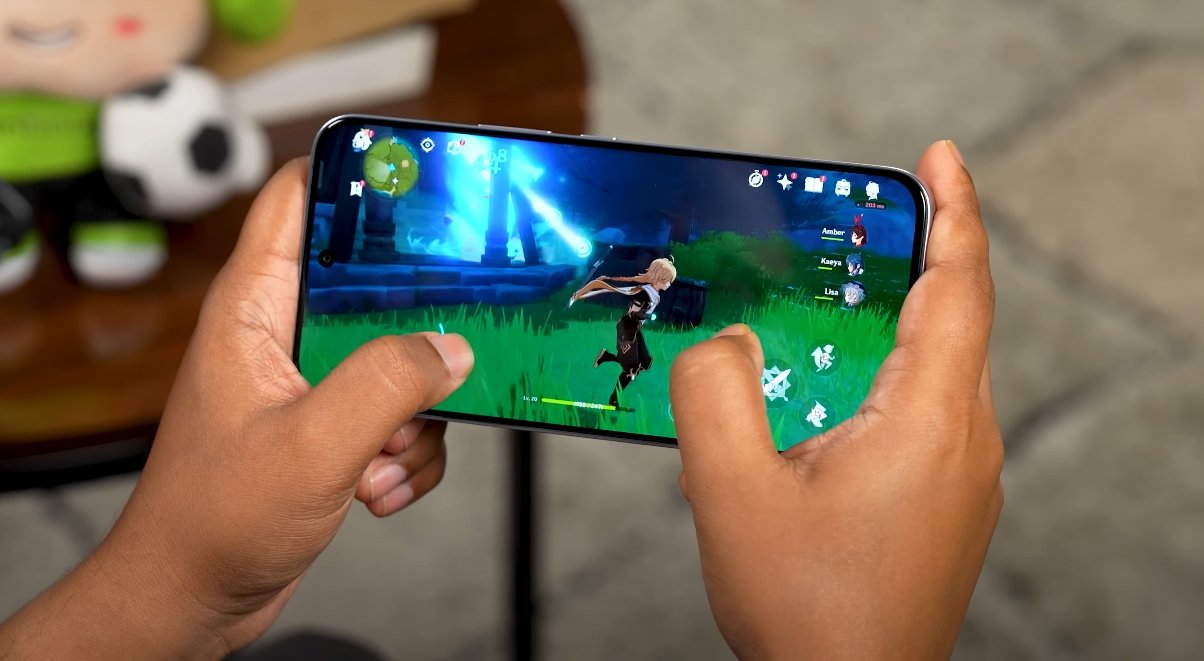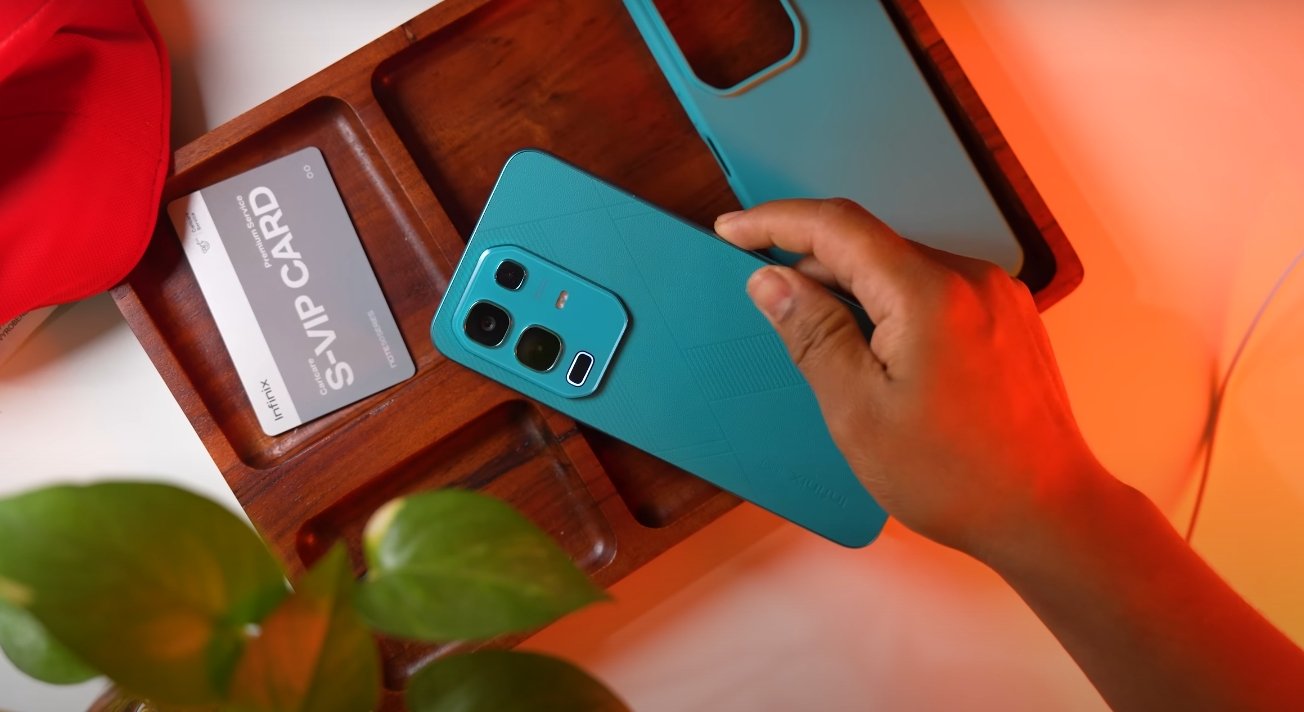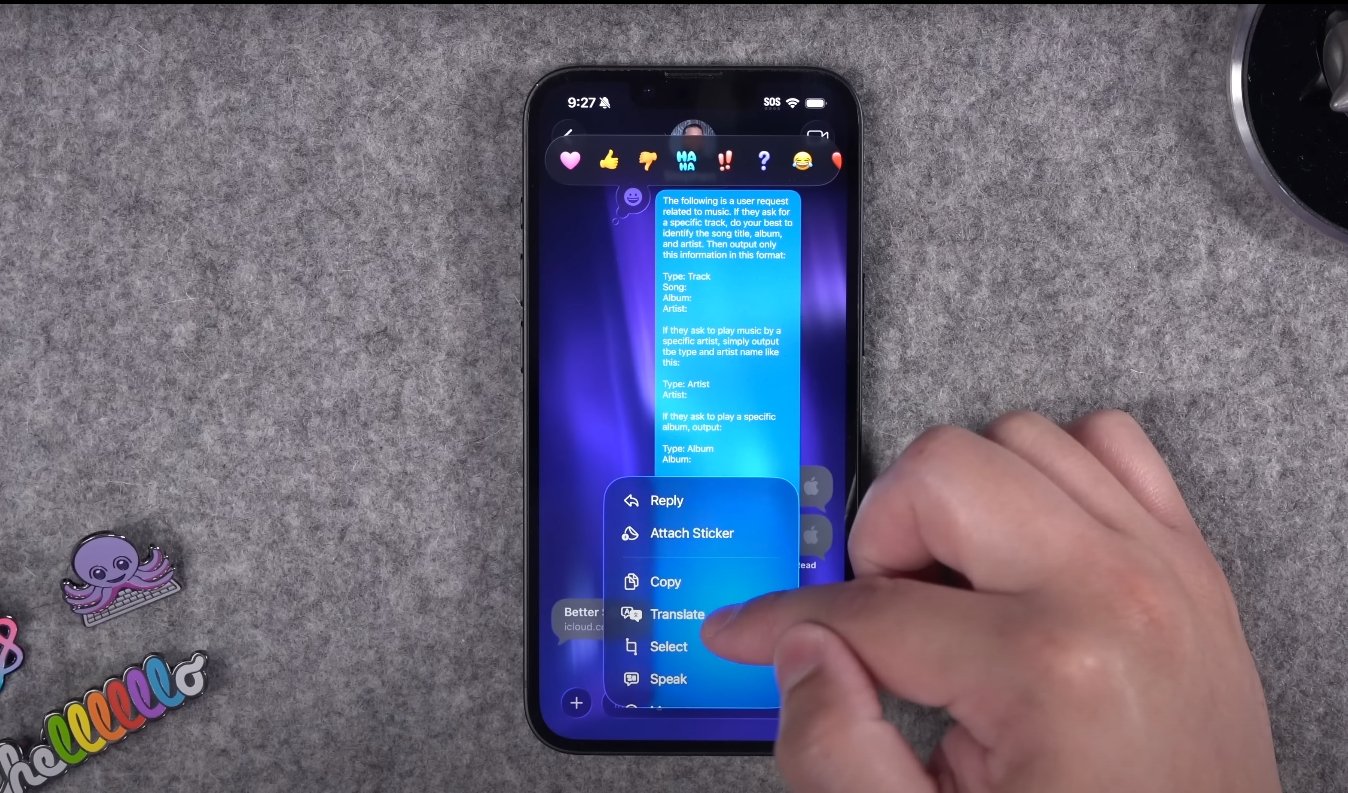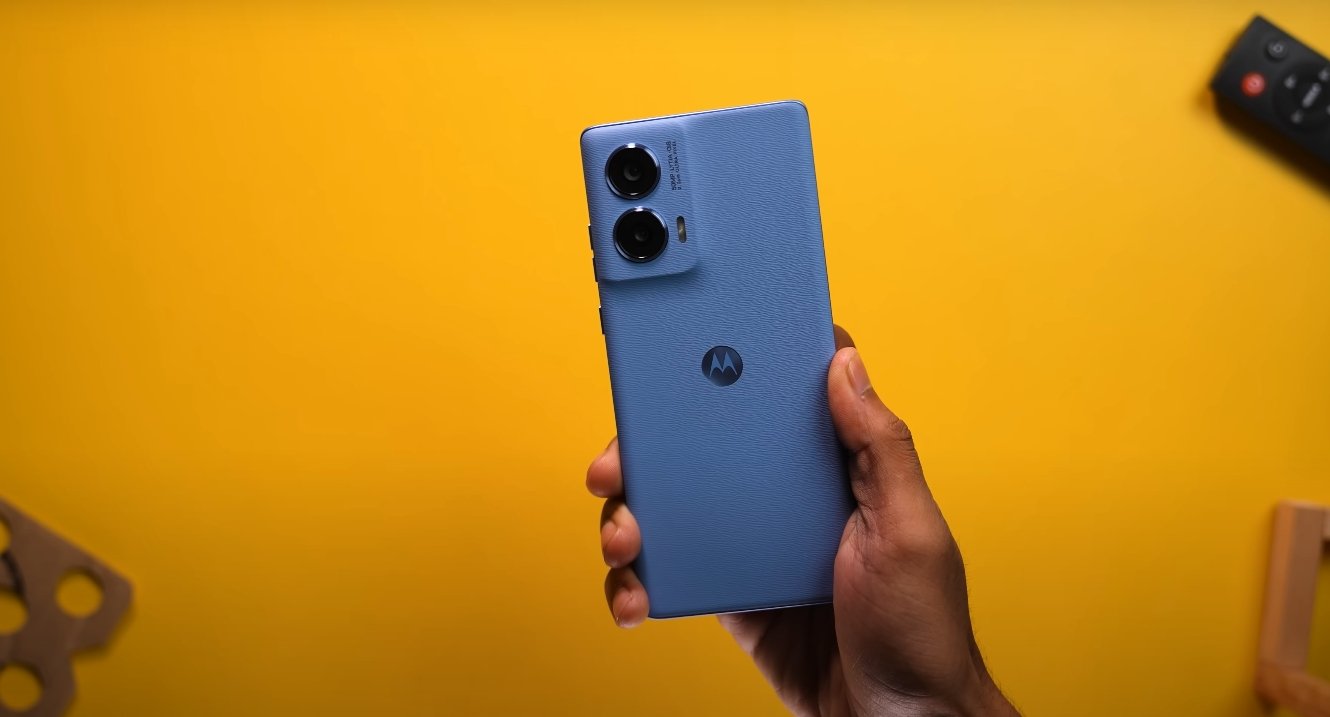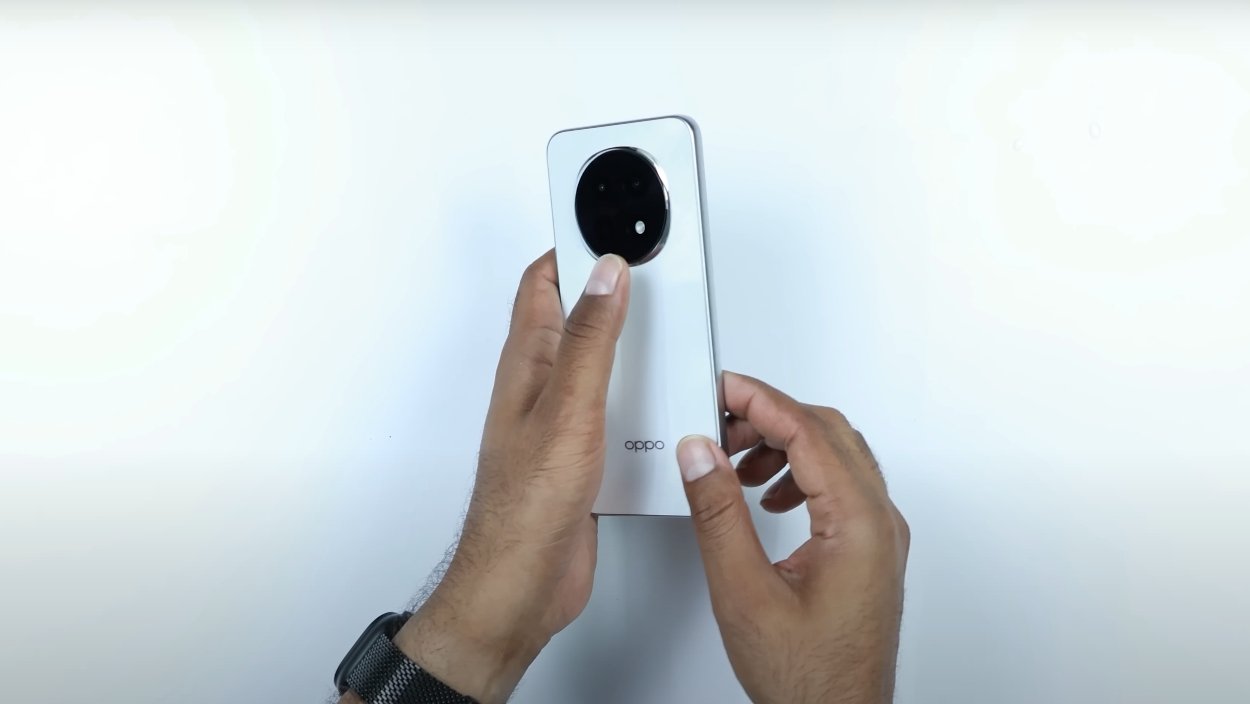Battery Battle: Endurance vs Expectation
In the mid-range smartphone arena, battery life has become a major differentiator, and comparing the Honor X9d with the Samsung Galaxy M17 5G gives a striking contrast in priorities and performance. While the Galaxy M17 5G offers standard endurance for its class, the Honor X9d goes all-in on battery capacity and durability, creating results that may surprise you.
The Galaxy M17 5G is equipped with a 5,000 mAh battery and supports 25 W wired charging. Its display is a 6.7-inch Full HD+ AMOLED at 90 Hz, and while it covers all essentials — including 5G, a reasonably efficient processor, and modern build — the battery specification places it firmly in the typical mid-range range rather than setting new benchmarks.
In contrast, the Honor X9d boasts a whopping 8,300 mAh silicon-carbon battery inside a device that is only 7.76 mm thick and weighs around 193 g. It supports 66 W fast charging and even reverse wired charging to top up other devices. The phone’s build is rugged too, with IP66, IP68, IP69, and IP69K ratings for dust and water resistance, and a drop resistance of up to 2.5 meters.
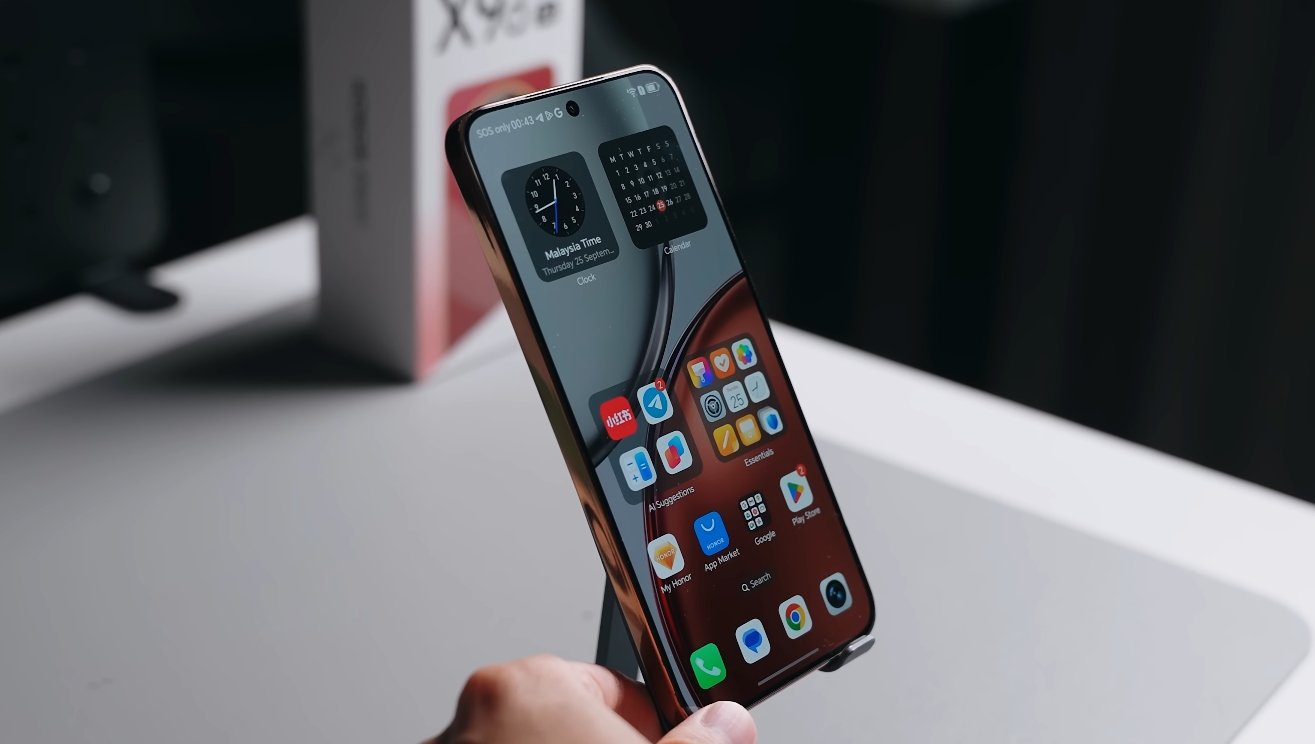
Given these raw numbers, the surprise comes when you look at real-world endurance: the Honor’s vastly larger battery capacity doesn’t just translate into slightly better performance—it allows it to last significantly longer in typical use, such as streaming, gaming, navigation, or mixed tasks. While the Galaxy M17 makes it through a full day under heavy use comfortably, the Honor X9d stretches into multi-day usage cycles in many scenarios. Users have noted that with moderate usage, the Honor model can go well beyond a single day without recharging.
On the flip side, the Galaxy’s smaller battery paired with its efficient chipset and lower refresh display still results in satisfactory endurance—but it cannot match the sheer staying power of the Honor device. For a user switching between the two, the difference becomes most apparent when you’re away from a charger for long hours: whether you’re travelling, working in the field, or just away from power, the Honor gives far more leeway.
Another area where expectations might be challenged is charging time. While the Honor supports 66 W charging—which is decent but not class-leading—the sheer volume of battery means it will take longer to charge fully compared with smaller battery devices. The Galaxy’s 25 W charging is slower and the battery smaller, so full charges happen quicker, but the trade-off is shorter uptime. If you charge overnight or have frequent access to a charger, the difference may matter less.
From a user-experience perspective, the Honor’s advantage is most compelling for “connect all day without stress” usage. Preparation for meetings, hours of GPS/navigation, video streaming, social media, and gaming are all better supported with the 8,300 mAh tank. Meanwhile, if your usage is moderate — social apps, occasional video, regular charging at night — the Galaxy M17 still delivers more than adequate battery life for daily needs and might appeal especially due to its lower cost and lighter weight (though the Honor is still relatively light given its capacity).
In summary, the surprising takeaway is this: the battery spec gap between the two phones is far larger than usual in this category, and it leads to real-world differences in how often you will need to plug in. The Honor X9d doesn’t just offer marginally longer battery life; it offers a different class of endurance. The Galaxy M17 5G, in contrast, delivers dependable performance—but remains within the normal bounds of today’s mid-range smartphones.
For buyers: if you often find yourself away from chargers, travelling, or simply dislike worrying about battery, the Honor X9d is a standout. If you charge nightly, use your phone moderately and prefer a more budget-friendly option, the Galaxy M17 5G hits its mark.
